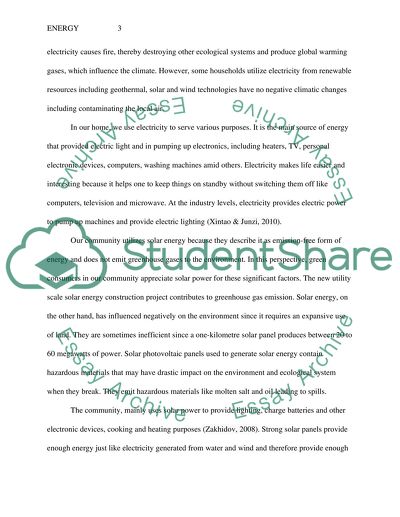Cite this document
(“Economics Essay Example | Topics and Well Written Essays - 2000 words - 15”, n.d.)
Retrieved from https://studentshare.org/environmental-studies/1636296-economics
Retrieved from https://studentshare.org/environmental-studies/1636296-economics
(Economics Essay Example | Topics and Well Written Essays - 2000 Words - 15)
https://studentshare.org/environmental-studies/1636296-economics.
https://studentshare.org/environmental-studies/1636296-economics.
“Economics Essay Example | Topics and Well Written Essays - 2000 Words - 15”, n.d. https://studentshare.org/environmental-studies/1636296-economics.


